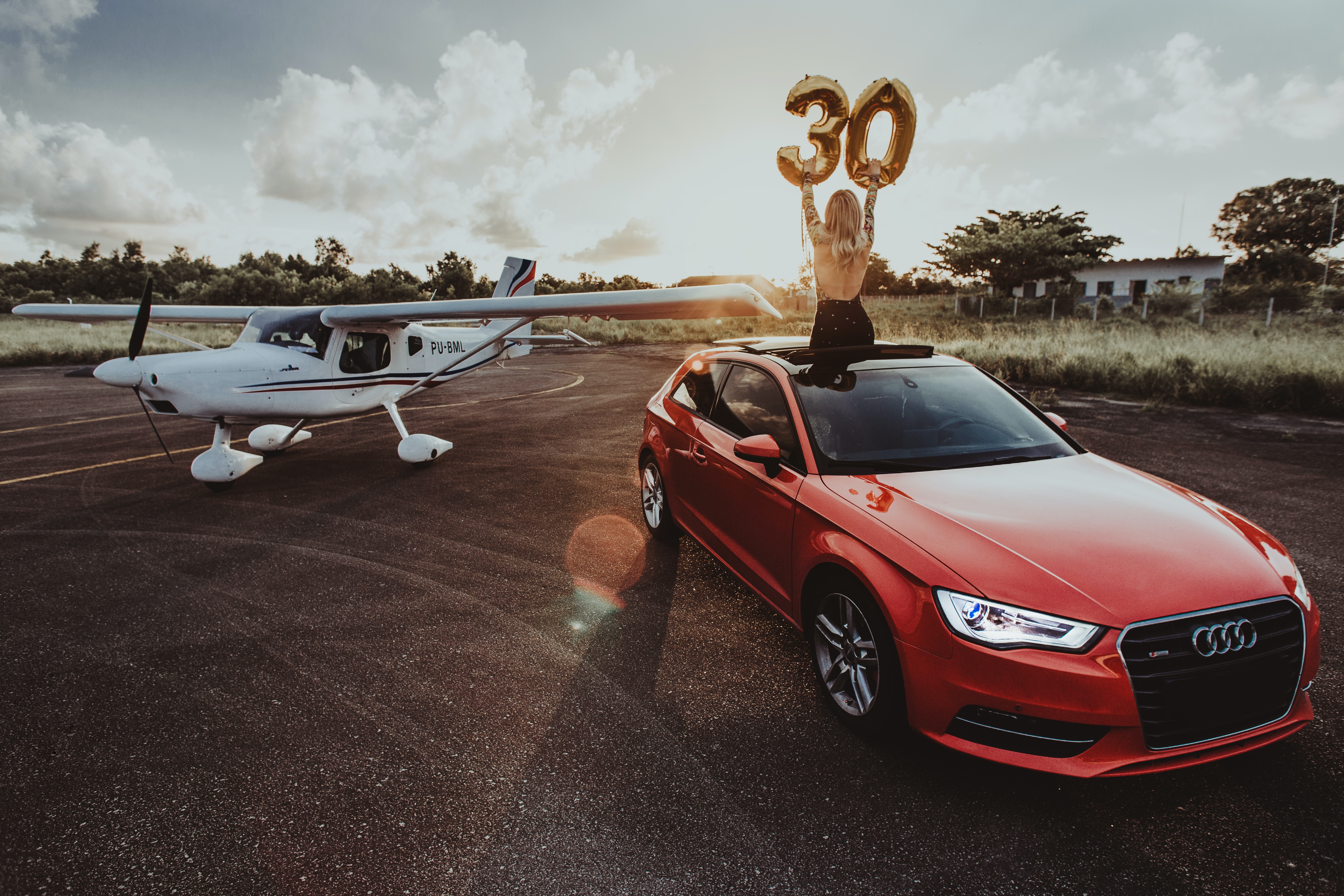How to Take Product Photos: A Comprehensive Guide to Make You Look Like A Pro
Summary: In this article, we will talk about product photography and how to take product photos, including the setups, process and tips. Come and check it!
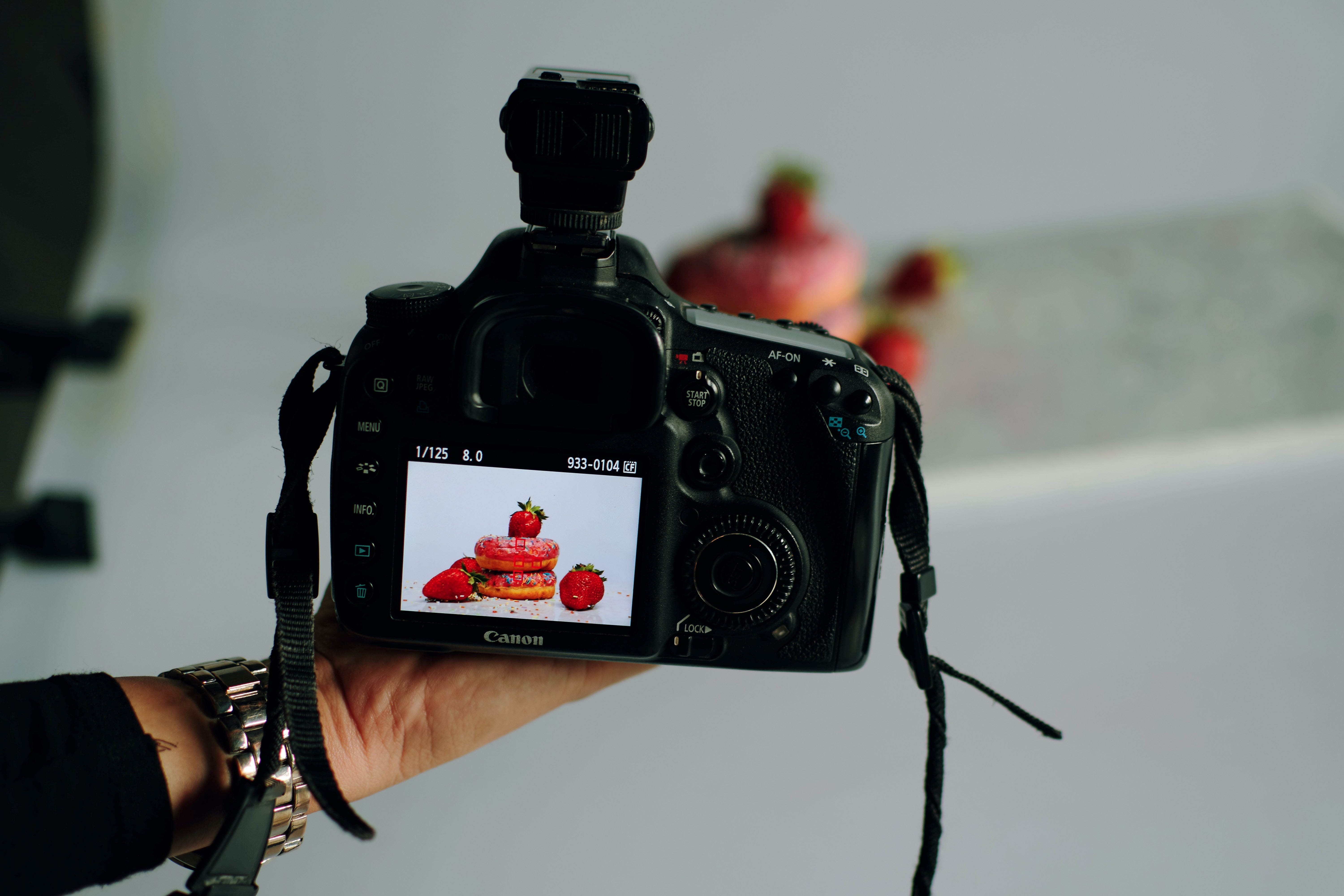
In today's fast-paced and visually-oriented market, the significance of high-quality product photography cannot be overstated. When it comes to selling products and services online, presentation matters. If you’re running an ecommerce business, you probably already know how amazing your products are, but until a customer has your product in-hand, all they have to rely on are the pictures on your website. One of the easiest ways to improve your presentation and positioning is by taking high-quality photos.
The way you present your products has a direct impact on consumer perception and purchasing decisions. So how to take product photos? In this comprehensive guide, we will delve into the art of capturing captivating product photos that can elevate your brand and make you stand out in the crowded digital landscape.
Why High-quality Product Photography Matters
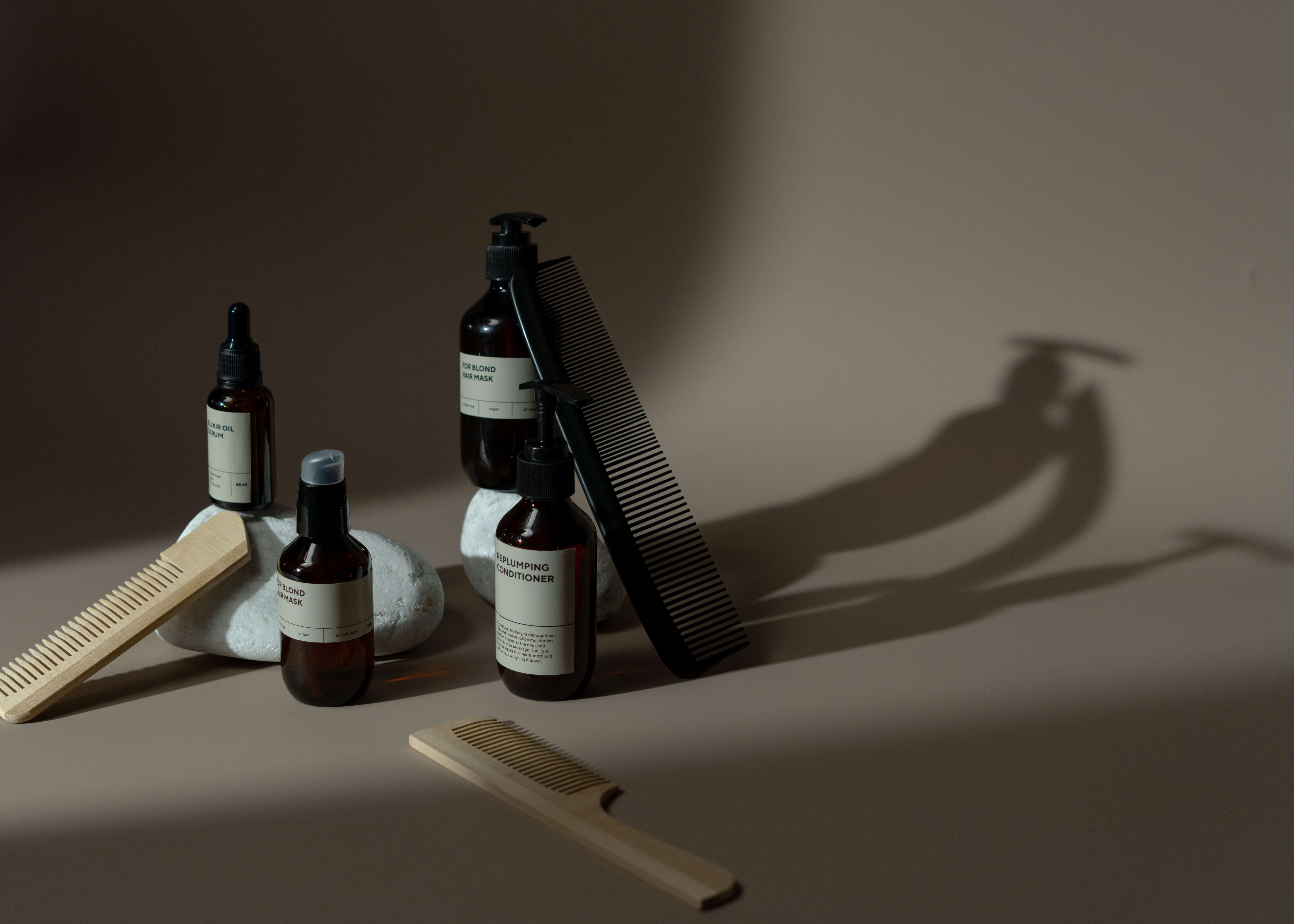
Before diving into the intricacies of product photography, it's essential to understand why it matters. Imagine stumbling upon a website where the product images are blurry, poorly lit, and lack detail. Would you trust the quality of the products being offered? Probably not. High-quality product photography not only showcases your products in the best possible light but also communicates professionalism and attention to detail. It builds trust and credibility with potential customers, increasing the likelihood of conversion.
High-quality images enhance every buyer touchpoint. According to studies by Justuno, 93% of shoppers say that visual appearance is the key deciding factor in their purchasing decisions. If that’s the case, then your product photos shouldn’t be left on the backburner.
Product images are a key element of branding. Branding doesn’t stop at your packaging label or the logo on your website — rather, it should be the foundation for every element of your business. With the help of product photography, you can tell your brand story through your social media posts, email updates, marketing events and digital ads.
5 Steps to Mater Professional Product Photography

Want to take a professional product photo shoot but don’t know how to take product photos? Read on to learn about the good product photography guides, including the steps to master professional product photography.
Step 1: Preparation
Understanding your product is the first step. Analyze its features, unique selling points, and target audience. This knowledge will guide your photography decisions.
Gathering the right equipment is crucial. Depending on your resources, a DSLR, mirrorless camera, or even a smartphone can suffice. Invest in a tripod for stability and consider lighting equipment such as softboxes or reflectors for controlled illumination.
Setting up a suitable shooting space is equally important. Choose an appropriate backdrop – whether it's a clean white surface, a colored background, or a contextual setting. Ensure the area is clutter-free, allowing your product to take center stage.
Step 2: Lighting Techniques
Lighting can make or break a product photo. Natural light provides a soft, even illumination. Shoot in diffused sunlight to prevent harsh shadows and reflections. If using artificial lights, position them strategically to minimize shadows and highlight the product's details. Consider using light modifiers like softboxes for more controlled lighting.
Maintaining accurate colors is vital. Adjust your camera's white balance settings to match the lighting conditions. This prevents color casts that might distort your product's appearance.
Step 3: Composing Captivating Shots
Experiment with different angles to find the best way to showcase your product. Frontal shots are great for highlighting main features, while unique angles can provide fresh perspectives.
Remember the principles of composition: the rule of thirds and leading lines. Create a balanced composition by incorporating negative space to draw attention to the product itself.
Choose the right depth of field to control what's in focus. Utilize focus stacking for macro shots to ensure all intricate details are sharp.
Step 4: Styling and Arrangement
Incorporate props that complement your product. Props can help establish scale and context, but ensure they don't overpower the main subject. Consistent branding is key. Incorporate brand colors and elements into your setup to maintain a cohesive style across your product images.
Step 5: Make edits and selections
Go through all the photos you took and select one or two images of each type for each product that work the best. Narrow down the ones you plan on using to showcase your product online, then make edits to help all the photos look consistent. Again, no pro skills necessary – basic software on your phone or computer can help crop out distracting elements and adjust things like contrast and exposure to help make sure the product is depicted clearly.
Tips on How to Take Product Photos
When it comes to mastering the art of product photography, a set of practical product photography tips can truly set you on the path to success. These insights, rooted in both technical know-how and creative intuition, can make a significant difference in the quality and impact of your product images. Read on to check out the product photography tips, including the product photography tools, light usage, product photography background and so on.
Choose the Right Camera
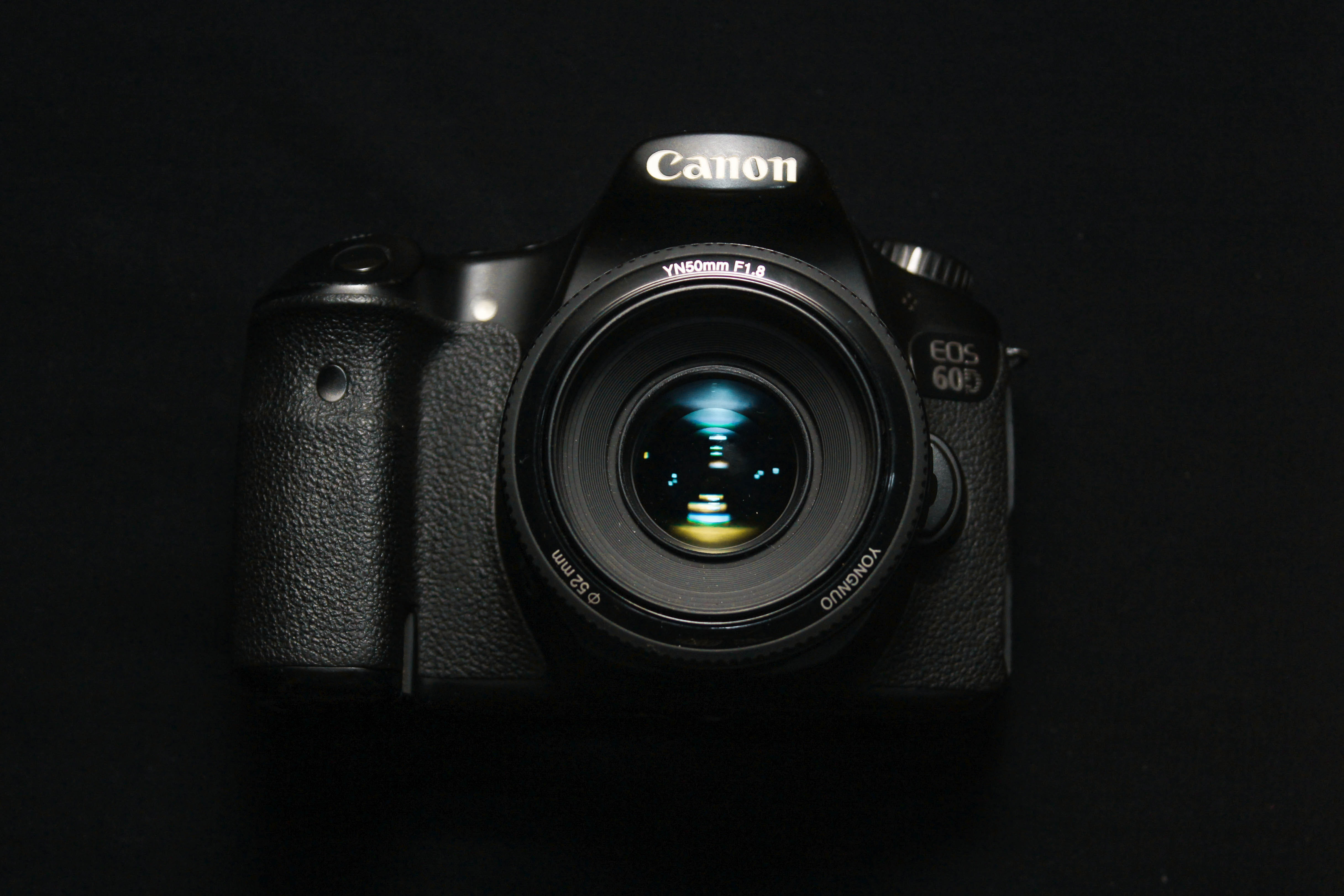
Selecting the best camera for your product photography endeavors is a foundational decision. While professional-grade DSLRs offer unparalleled control and image quality, don't underestimate the potential of smartphone cameras. Many modern smartphones boast advanced camera systems that can produce stunning results when used skillfully. The key is understanding the capabilities of your chosen camera and maximizing its potential through smart techniques.
Use Natural Light or Artificial Light

Lighting is the backbone of photography, and product photos is no exception. Natural light offers soft, diffused illumination that can beautifully highlight the textures and details of your products. Shooting near a window during the day can often yield fantastic results. However, if natural light isn't readily available or controllable, artificial lighting is your reliable backup. Investing in softboxes, diffusers, and product photography studio lights can help you achieve consistent and professional-looking results. Take care of the product photography lighting!
Keep the Background Clean and Simple
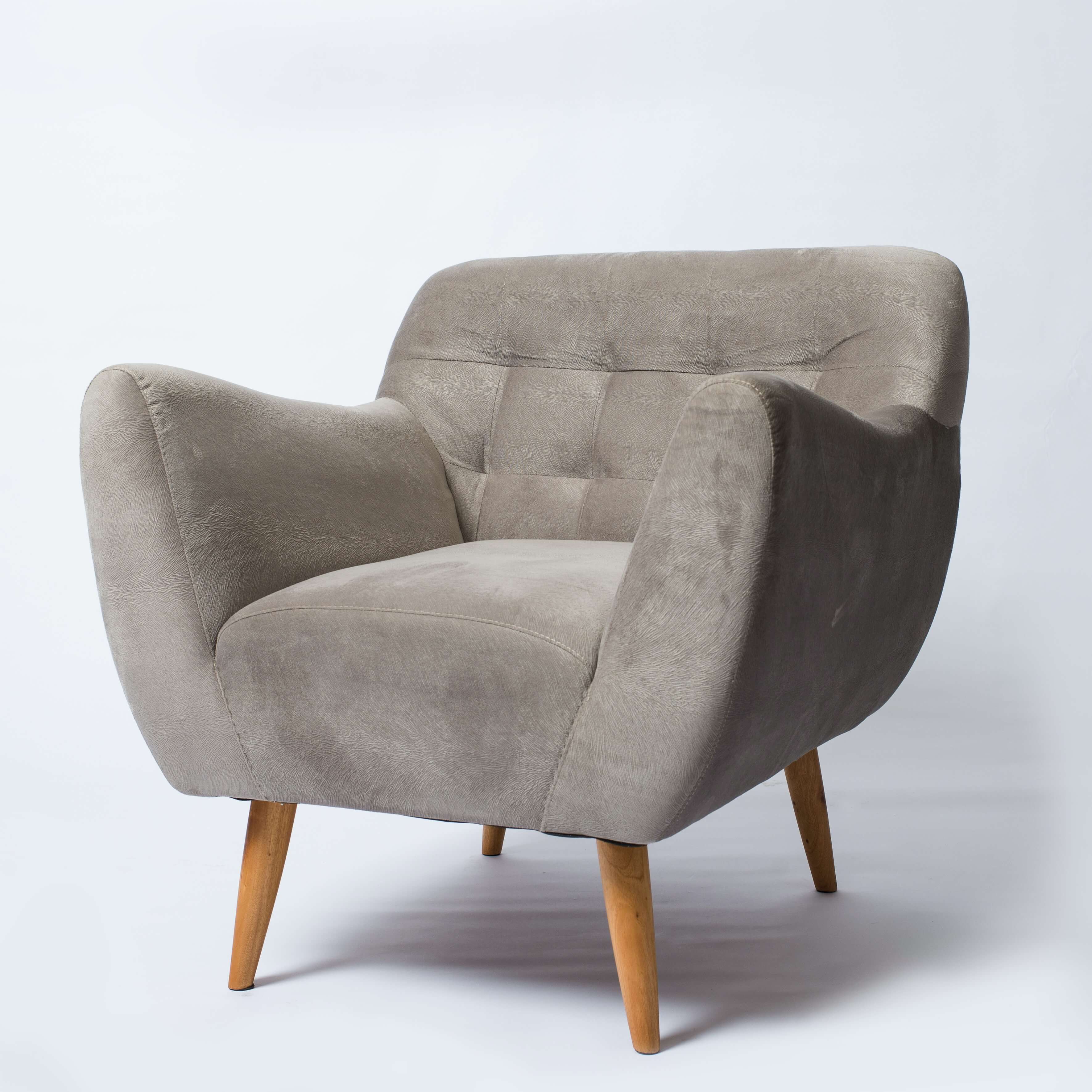
A cluttered or distracting product photo background can steal the focus from your product. Opt for a background that complements the product's colors and aesthetics. A clean, neutral backdrop – whether it's a solid color, a muted texture, or a contextual setting – can create a sense of elegance and professionalism. We recommend a white background. Remember, the goal is to place the spotlight squarely on your product, not on the background.
Use A Tripod
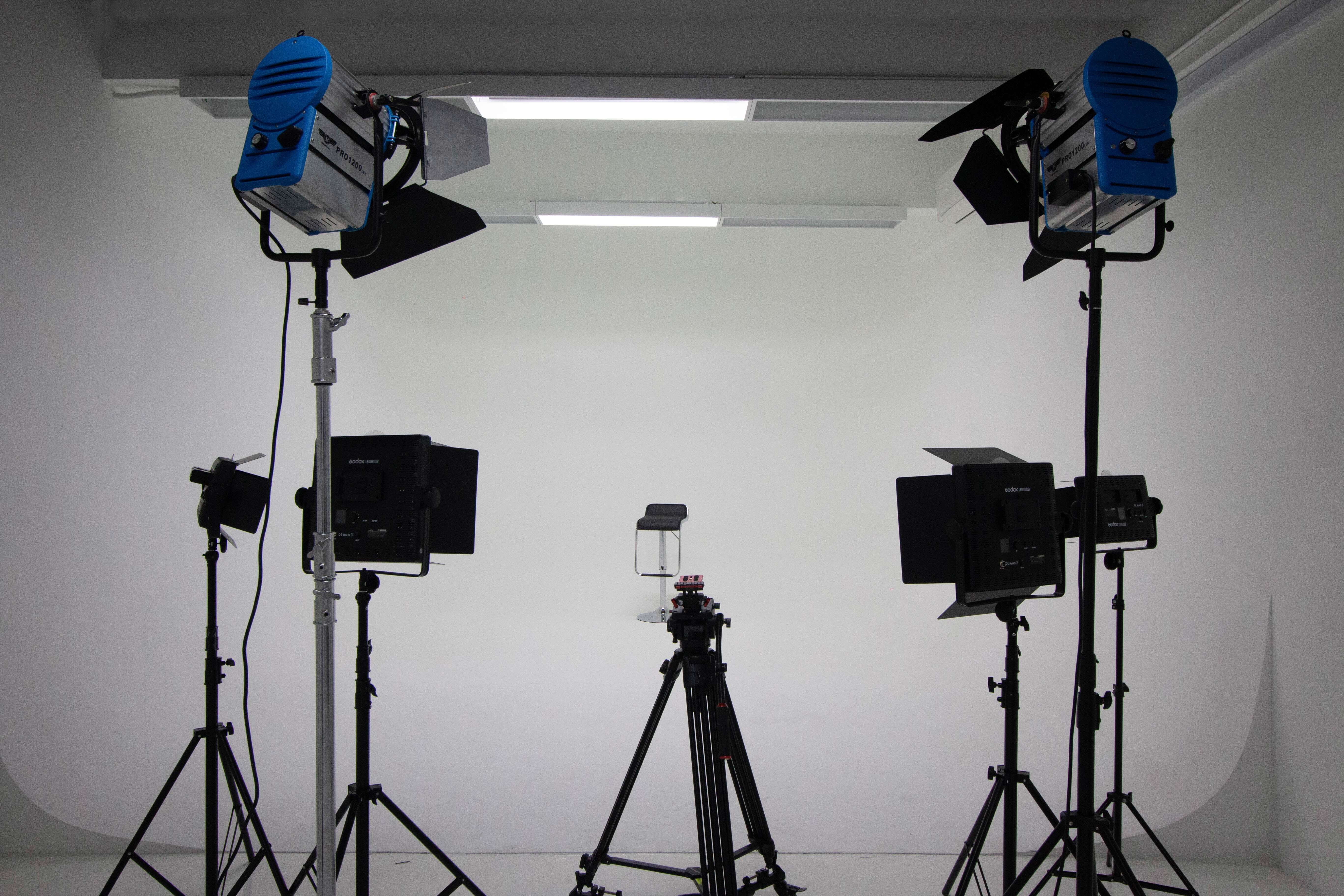
A tripod is more than just a tool for stability – it's a secret weapon for achieving sharp, clear images. Even the slightest camera shake can lead to blurry photos, and in product photos, precision matters. A tripod eliminates the risk of unintentional movement, allowing you to capture every detail with utmost clarity. Whether you're shooting in low light conditions or aiming for long exposure shots, a tripod is an essential accessory.
Experiment with Different Angles
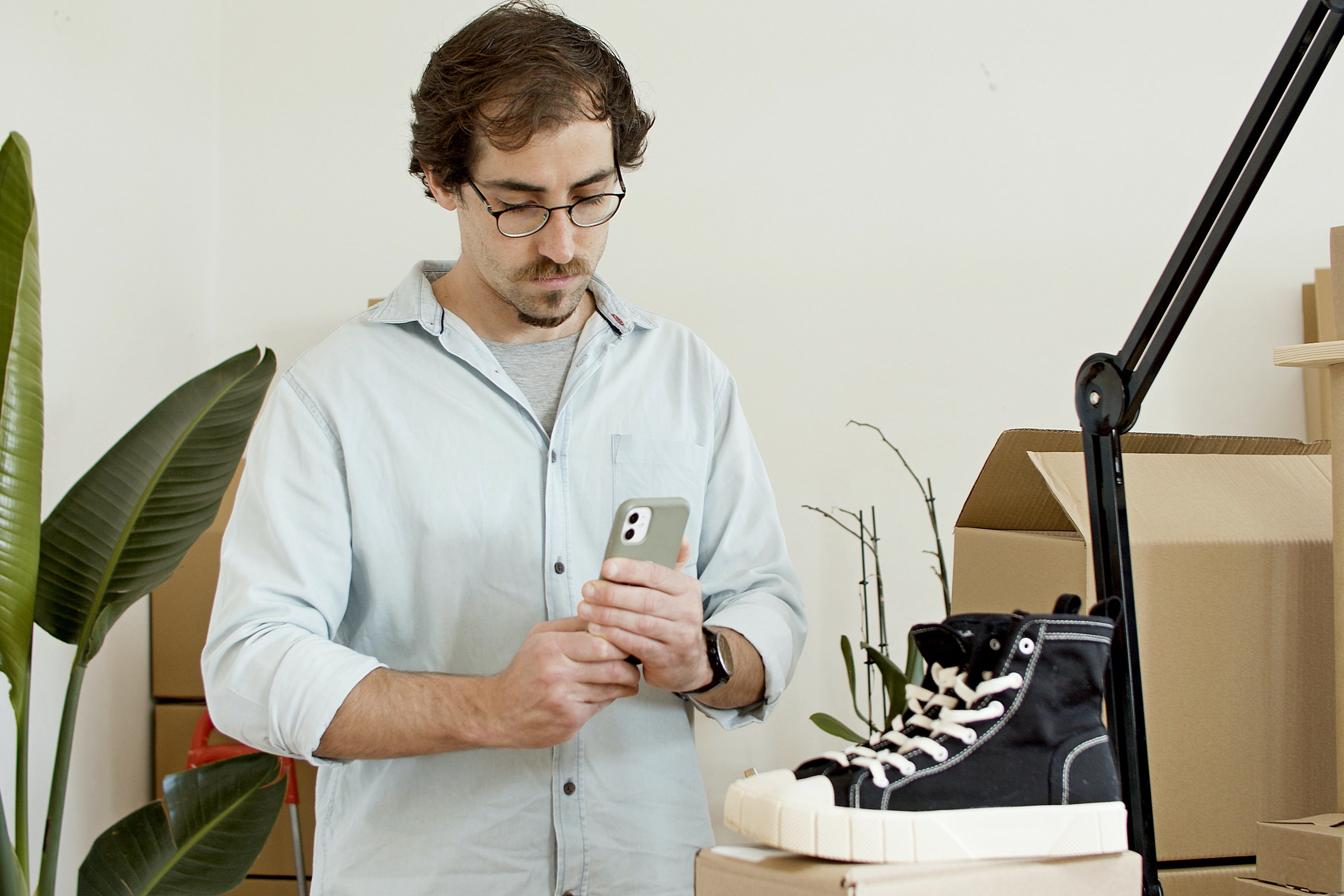
Variety is the spice of life – and product photography. Don't limit yourself to shooting from the same angle repeatedly. Experimentation is key. By exploring different angles, you can discover fresh perspectives that showcase your product's features in ways you might not have considered. Whether it's a high-angle shot that provides an aerial view or a low-angle shot that conveys a sense of grandeur, each angle can tell a unique story.
Get Creative with Props
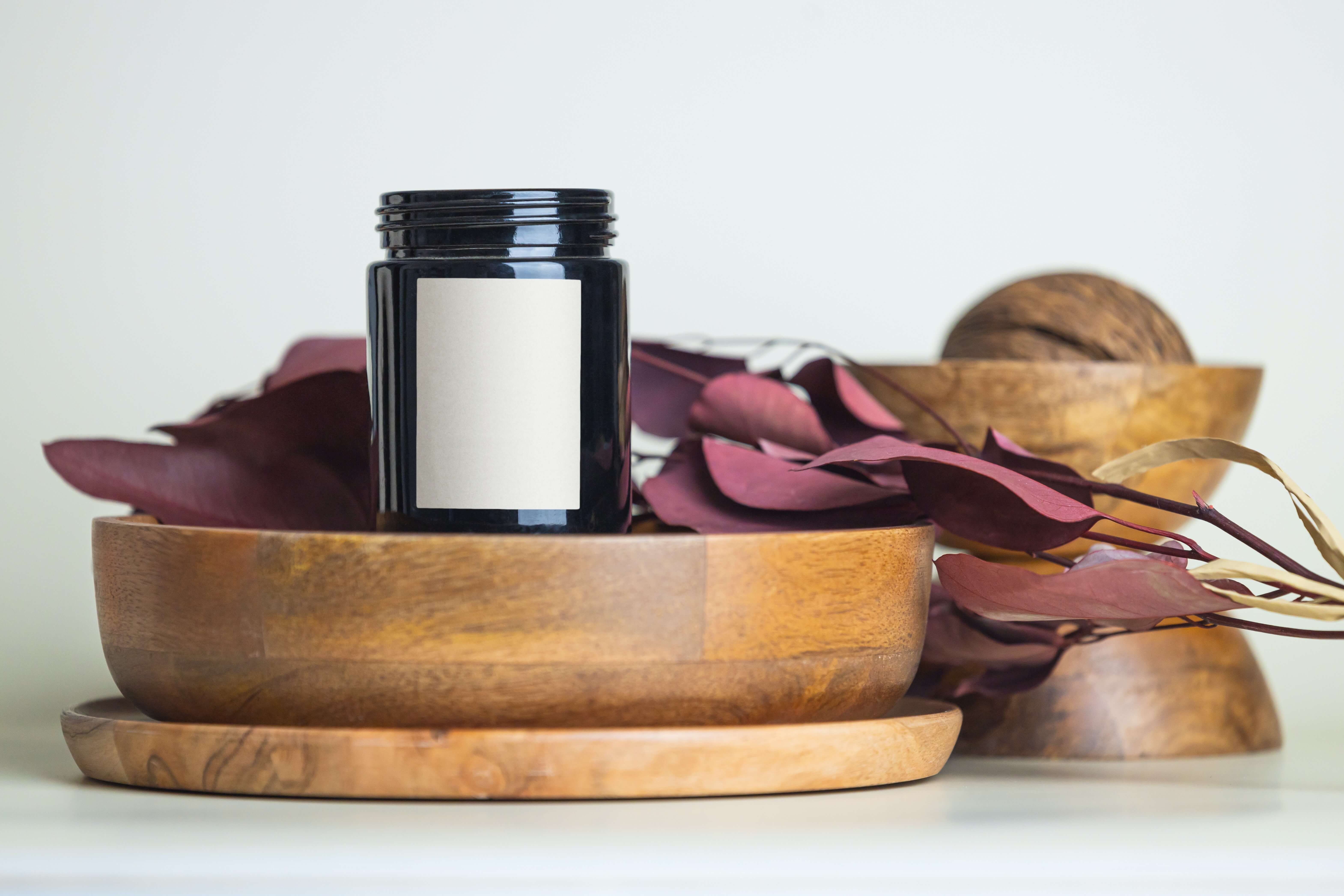
Props can be your creative allies in taking professional product photos, adding context and intrigue to your images. Whether it's a complementary accessory, an item that complements your product's theme, or an object that adds scale, props can elevate the visual narrative. However, exercise caution – props should enhance, not overpower, the main subject. Keep the focus on your product while using props to enhance its story.
Prep Your Product to Perfection
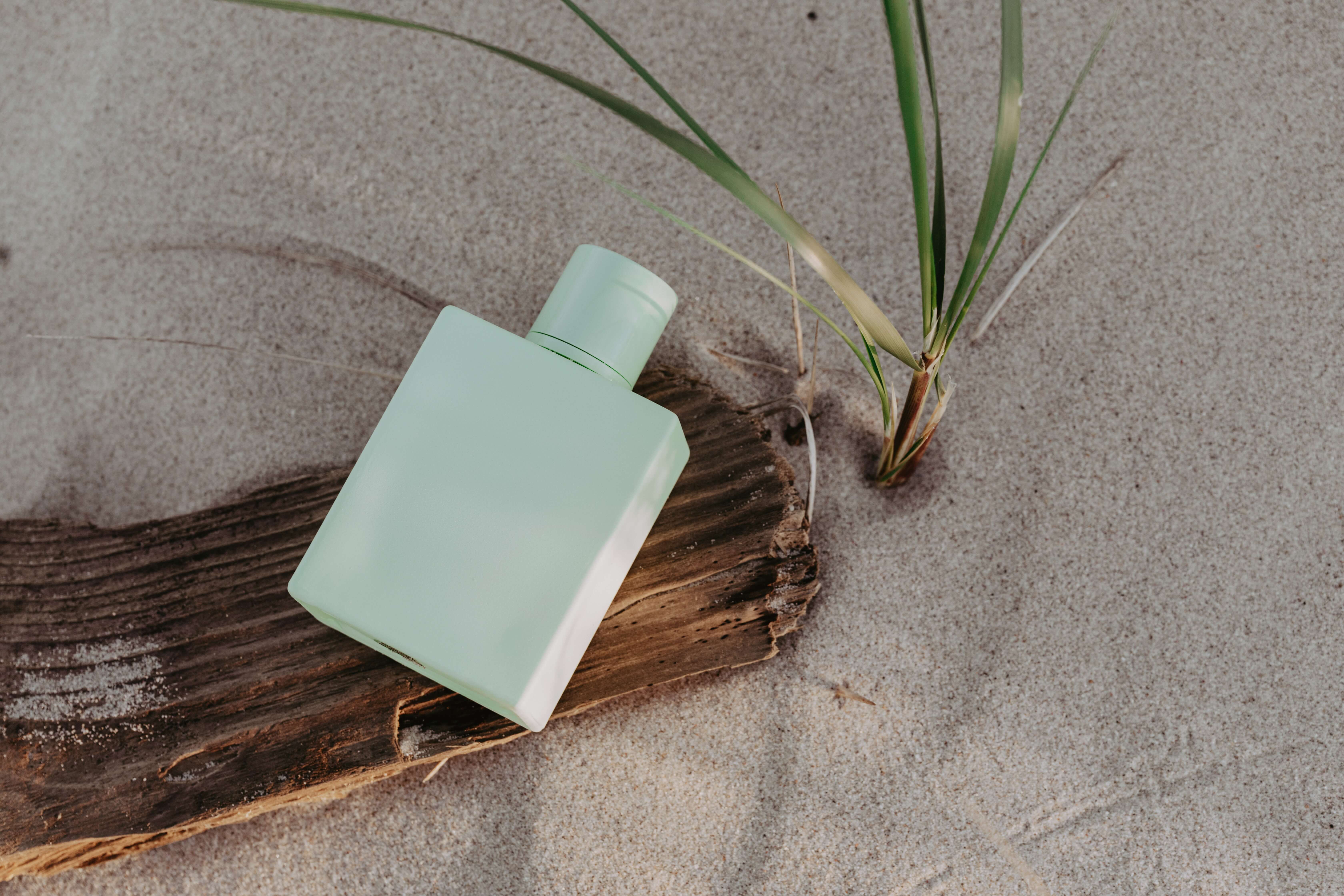
Before the camera even comes into play, the preparation of your product is crucial. Cleanliness is paramount – ensure your product is free from dust, fingerprints, and any imperfections. If applicable, make sure labels are straight and well-placed, and surfaces are polished. Paying attention to these details ensures that your product is showcased in its best light, setting the stage for a successful product photoshoot.
How to Edit Your Product Photos
Editing is the final touch to polish your product images. To make you product photos perfect, you need utilize some editing tools. Here, we recommend Fotor, the best online photo editor, which can help you fine-tune the product photos properly.
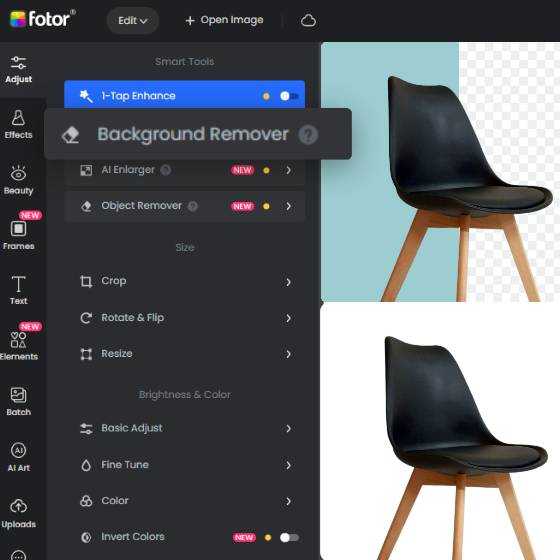
Fotor
Powerful AI-driven editing tools like background remover, AI enlarger, object remover, one-tab skin retouch, AI art effects, etc.
Millions of HD stock photos for personal and commercial use.
You can use our background remover to cut out the unwanted background for product photos and change the background with one a few clicks. Fine-tune the hue, adjust exposure, contrast, and saturation to enhance the image's overall appeal. Remove imperfections and distractions to create a clean and professional look. Have a try!
Conclusion
In this blog, we have talked about how to take product photos and offered product photography process and tips on how to take professional product photos. By following the steps outlined in this guide, you can significantly improve the quality of your product images and elevate your brand's visual identity.

